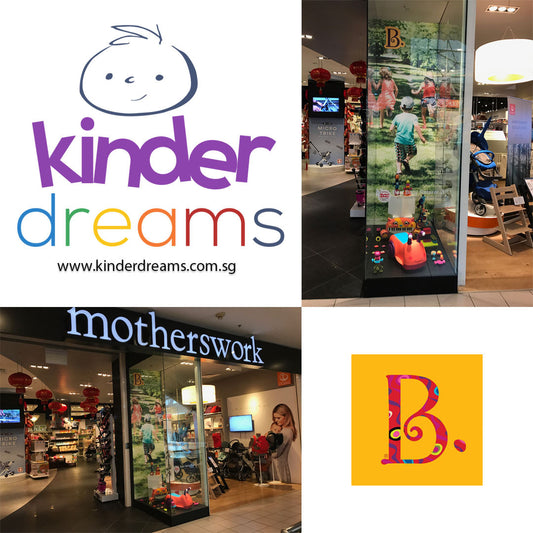
Sleep Solutions: How Red Light Can Help Children Fall Asleep Easily
Share
If you have a child who finds it difficult to fall asleep, this blog is for you. Difficulty in falling asleep can be caused by various factors such as fatigue, fear of the dark, overstimulation, or sleep regression. For many of these reasons, there is a proven simple tool that can help: red light. In this blog, you will learn how to use red light to help your child fall asleep more easily.
The Familiar Struggle
You know the feeling - you've already spent 45 minutes in your child's bedroom, trying to get them to sleep. You must remain in the room, or the mission is bound to fail. Hopelessly, you think to yourself, "What else can I do differently?" When your child finally falls asleep, you head downstairs only to realize that it's almost time for you to go to bed too. Nevertheless, you stay up a little longer because you need that time for yourself. During the night, you're awakened by your little one, resulting in waking up feeling tired in the morning.
The story above has been a reality for many parents. Although you love your child very much, it's okay to want things to be different for both your child and yourself. Breaking such patterns can be incredibly challenging. Red light, however, is a small addition or adjustment that you can make, proven to help your child fall asleep more easily. Later in this blog, you'll learn how you can apply this effectively.
Red Light Makes You Less Alert
Amsterdam-based neuroscientists made an interesting discovery about red light. They conducted an experiment with healthy volunteers comparing red and blue light with darkness. What they found was that the volunteers became less alert under the red light, with a delayed reaction time.
Faster Sleep Induction
In a subsequent test, brain researchers investigated whether red light could actually lead to faster sleep induction. They tested the effects of blue, green, and red light on sleep. In contrast to green and blue light, red light had a tangible effect on the time it took for the participants to fall asleep. They fell asleep slightly faster!
Improved Sleep Quality
In a study conducted in 2012, the effects of red light were also examined. For 14 consecutive days, 20 female athletes received red light therapy before bedtime. Compared to a placebo group that did not receive red light therapy, the athletes experienced improved sleep quality, melatonin levels, and endurance.
Blue Light
The counterpart to red light is blue light. Blue light has an invigorating effect, as our biological clock associates it with morning daylight, signaling activation and the start of our day. As the day progresses, daylight becomes warmer, sending signals to our brains to produce melatonin and other hormones to prepare for sleep.
How to Apply This?
To promote falling asleep, consider choosing warm light for the lamps in the living room, bathroom, and bedroom. This acts as a confirmation for a child's biological clock, which already knows during dinner that it's time to start producing melatonin, as sleep is not far away.
It's valuable for both your own sleep and your child's to avoid digital screens and exposure to blue light a few hours before bedtime. Children can be particularly sensitive to this.
Some parents allow their children to watch a short video on their phone or TV in the evening to help them unwind and settle down. A good alternative for this is ZAZU's red-light projector!
ZAZU's Red Light Projector
As red light has a proven positive effect on sleep, ZAZU has developed a range of red light projectors, including Tim the Turtle, Henry the Hedgehog, and Shally the Bird. These three animals transform a room into a calming sunset with slow-flying birds. A 30-minute program helps your child fall asleep.



0 – 30 minutes: In the middle of the red light, you'll see an orange sun with birds flying slowly through the light.
10 – 20 minutes: Half of the birds have flown away, the sun has set, and the red light is slightly dimmed.
20 – 30 minutes: The last of the birds have now disappeared, and the red light is even dimmed.
Combined with soothing nature sounds, the program gradually reduces stimuli, helping your child relax before drifting off to sleep.
The projectors can also play a heartbeat sound, which can provide babies with a feeling of comfort and security, reminiscent of sounds from the womb. When a baby is in the mother's belly, it hears various sounds from her body, such as a heartbeat and soothing noises. The combination of these sounds and red light creates a supportive duo for the sleep of babies, toddlers, and even young children.



